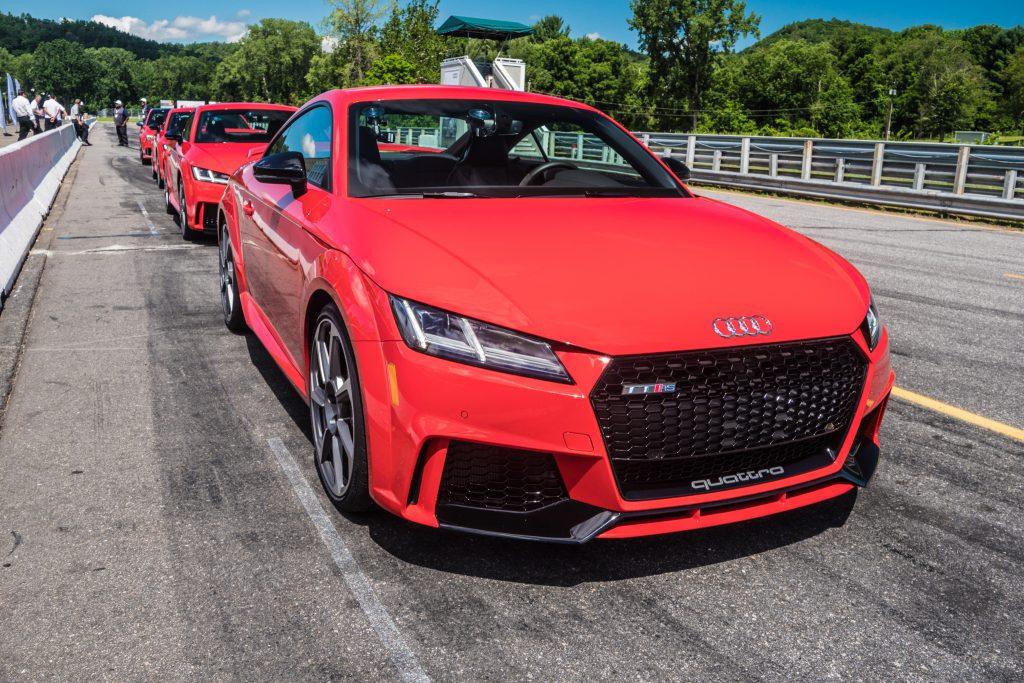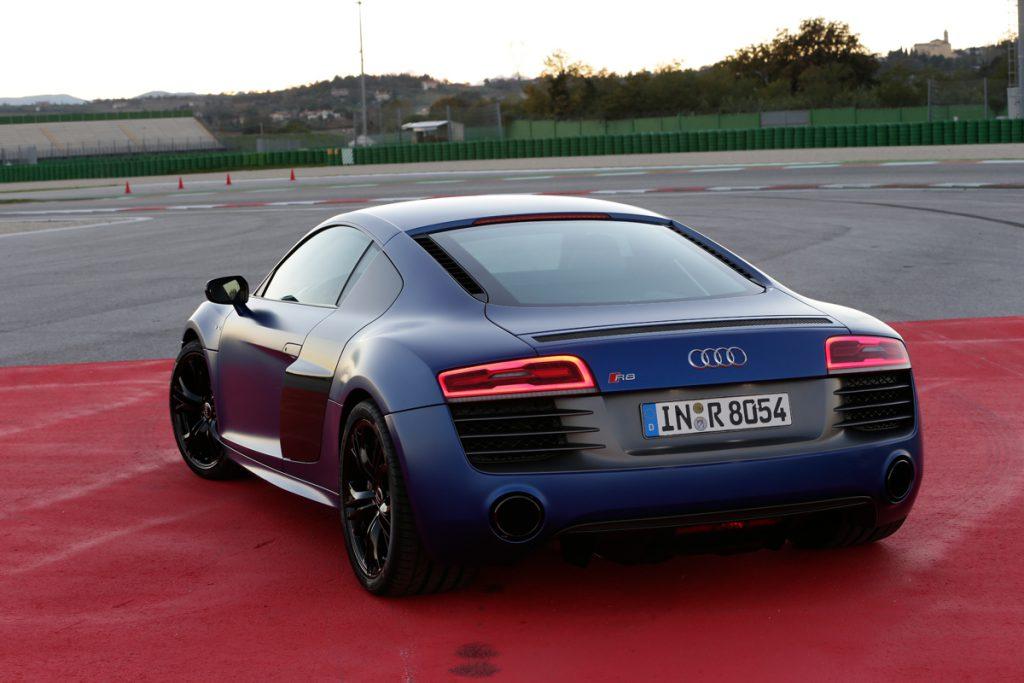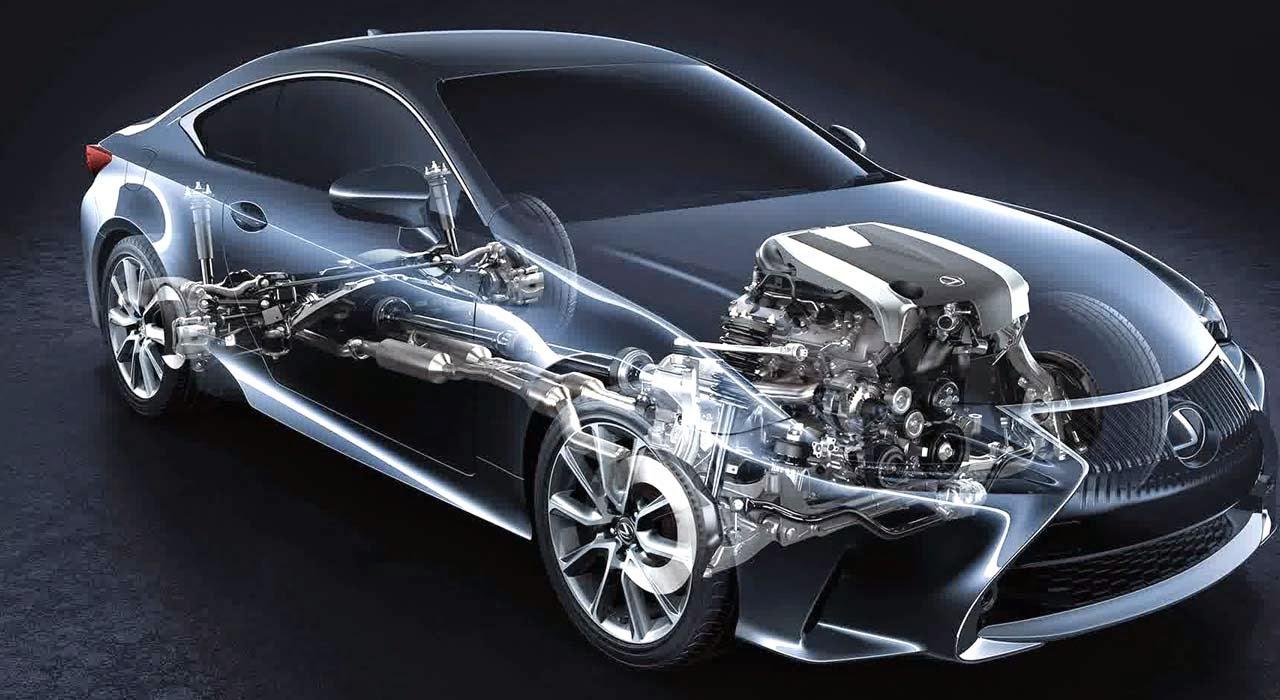Do you find yourself wondering at times, about how your car moves? Some drivers lay the claim on the engine, the wheels, transmission, and the gear. One of the major components responsible for moving the front wheels of the car is the drivetrain. It works in coordination with the engine to drive the car wheels forward.
Contents
What Is Front Wheel Drive (FWD) Meaning?
Overall, front-wheel drive (FWD) refers to the system where the engine’s power is directed to the front wheels of your vehicle. In FWD, it’s the front wheels responsible for propelling the car, while the rear wheels do not have their own power source.
FWD vehicles come with several advantages, including improved fuel efficiency and reduced carbon dioxide emissions. However, some performance enthusiasts argue that FWD vehicles may offer a less exciting driving experience.
How Does Drivetrain Propel The Front Wheels Of The Car To Move?
Unfortunately, the drivetrain is often the most misunderstood component of your car.
It is an essential component responsible for the smooth functioning of the vehicle. The drivetrain includes the transmission, driveshaft, axles, and the wheels.
You must know the transmission is an integral part of the drivetrain. We recommend you browse online to gain in-depth industry knowledge about how the drivetrain works to keep your car running.
We will now share with you complete knowledge about how engine power moves towards the front wheels of your car.
1. Propeller Shaft
In a front-engine car, the engine transmits the power to the wheels via clutch and gearbox.
The power transfer to the rear axle happens via the tubular propeller shaft. The rear axle needs to move up and down on the suspension depending on the type of road surface.
The movement leads the angle of the propeller shaft and distance between the gearbox and rear axle to change continuously. It is how the transfer of engine power to the front wheels of the car occurs.
To provide a continuous movement, the spines on the front side of the propeller shaft slide in and out of the gearbox depending on the distance the car covers. The shaft has universal joints at each end, and at times in the middle.
These joints provide flexibility to the propeller. The propeller transmits power without interruption. The final part of the transmission includes the final drive.

SEE MORE:
- Pro Tips for Boosting Your Car’s Engine Power
- Petrol Engine Vs. Diesel Engine – A Detailed Comparison
2. Mechanical Components
The front wheel drive cars utilize the same transmission method as the rear wheel cars.
Mechanical components differ in design depending on the engine and gearbox layout. The gearbox has transverse engines mounted on the top.
Transmission of power takes place via the clutch to the car gearbox by a train of gears. The drive passes from the gearbox to the final-drive unit.
In a transverse engine, the gearbox contains the final drive unit. In an in-line engine, the final drive is between the engine and gearbox.
The power comes from the last drive unit via short drive shafts. The drive shafts utilize a proper universal joint known as the constant velocity (CV) joint.
The CV utilizes grooves having steel ball bearings. It transmits power at a constant speed.

FAQs
-
Are all FWD cars the same in terms of power delivery?
No, there can be variations in the design of front-wheel-drive systems among different car manufacturers. However, the fundamental principle of delivering power to the front wheels remains consistent.
-
Can FWD cars have all-wheel drive (AWD) capabilities?
Some FWD cars can be equipped with all-wheel drive systems. These systems are often referred to as “front-biased” AWD, where power primarily goes to the front wheels but can be redistributed to the rear wheels as needed for better traction.
-
Is FWD the most common drivetrain layout?
Front-wheel drive is one of the most common drivetrain layouts for passenger cars, especially in compact and midsize vehicles. It is known for its practicality and affordability.
-
Can FWD cars be modified for more performance?
Yes, FWD cars can be modified for increased performance. Common modifications include aftermarket suspension upgrades, engine tuning, and modifications to the front-wheel-drive system to reduce torque steer.
-
Can FWD cars tow trailers or carry heavy loads?
While FWD cars are not typically designed for heavy towing, they can handle light towing and carrying moderate loads. However, if you frequently tow heavy trailers, rear-wheel-drive or all-wheel-drive vehicles may be more suitable.
-
Are FWD cars more fuel-efficient than other drivetrain layouts?
FWD cars tend to be more fuel-efficient than rear-wheel-drive or all-wheel-drive counterparts because they have less drivetrain friction and weight. This efficiency can result in better gas mileage.
Check out this video from Donut to get more information on the FWD vs RWD debate from every angle!
-
Can you drift or perform donuts in a FWD car?
While it’s not as common or easy as with rear-wheel-drive vehicles, you can still perform controlled slides or donuts in a FWD car. It requires skill and practice, but it’s possible, especially with certain performance-oriented FWD models.
-
Are there any notable FWD sports cars?
There are several sports cars and hot hatches with front-wheel drive that offer excellent performance and handling. Some examples include the Volkswagen Golf GTI, Honda Civic Type R, and Ford Focus ST.
-
Can FWD cars be converted to rear-wheel drive?
Converting a FWD car to rear-wheel drive is a complex and expensive process that often involves significant modifications, including changing the engine orientation and redesigning the drivetrain. It’s not a common or practical modification for most vehicles.
Summary
If you want to know how the engine transfers power to the front wheels of the car, the information above will help you understand the entire process.



